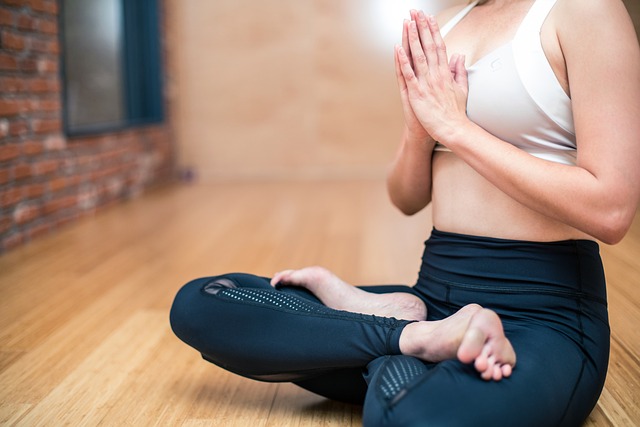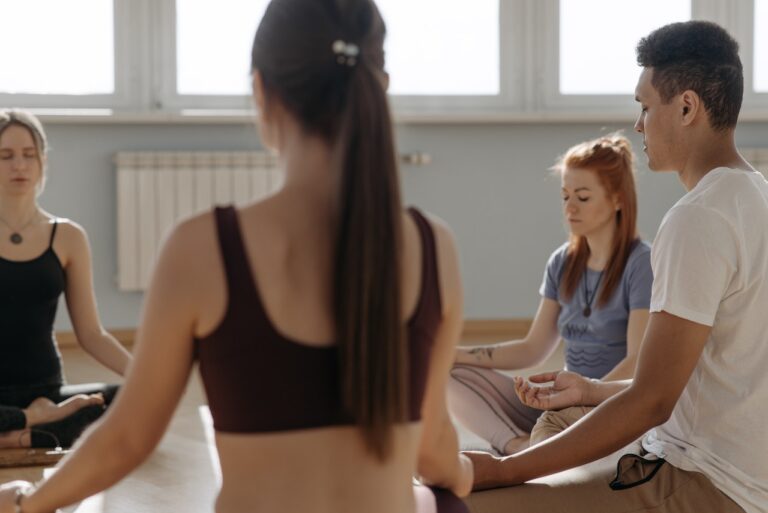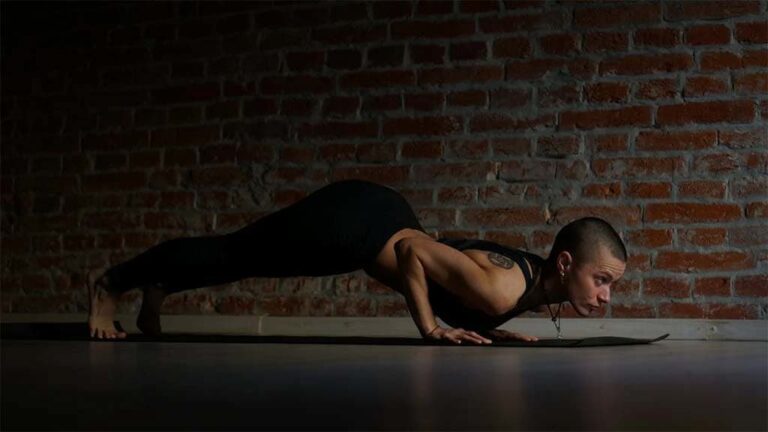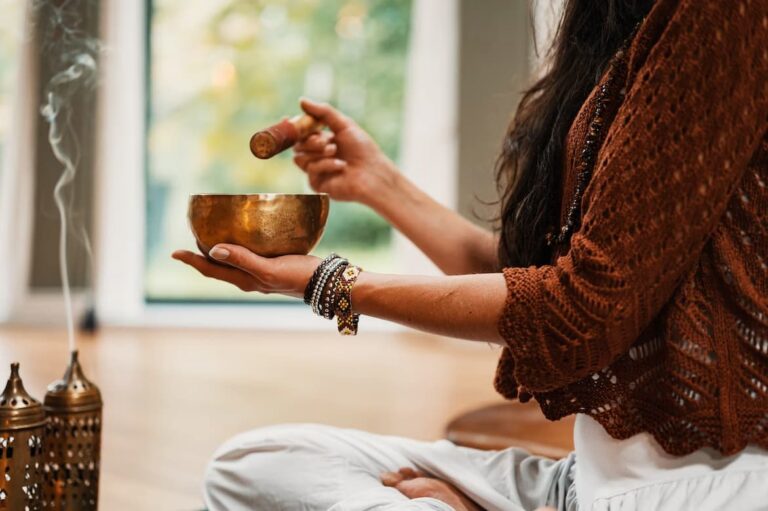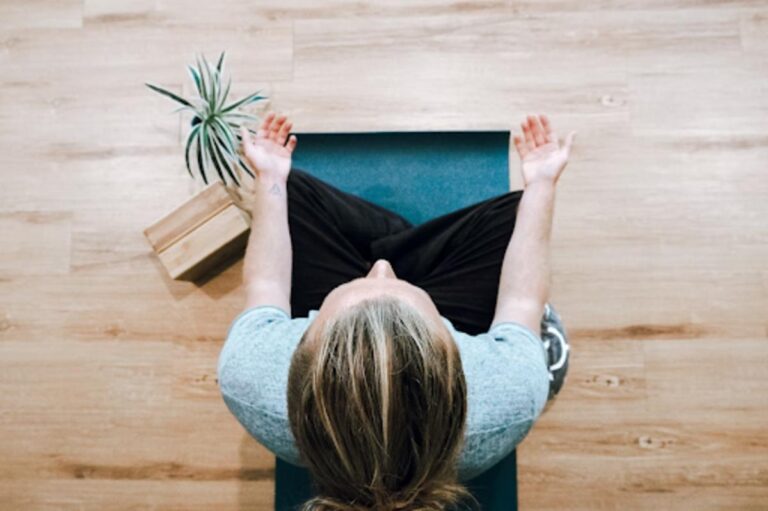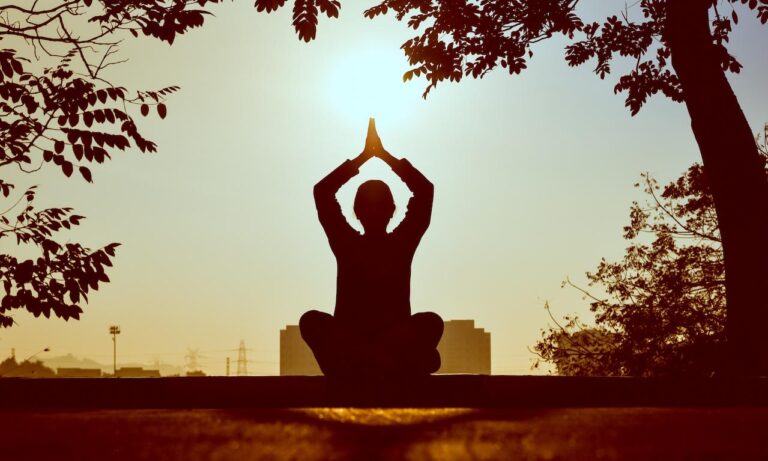Meditation has been gaining popularity recently as a way to reduce stress and increase well-being. It can be used to help manage emotions, build relationships, cultivate creativity, and improve overall health. Research suggests that regular exercise can reduce symptoms of anxiety and depression, improve cognitive functioning and memory, increase feelings of compassion towards others, reduce stress levels and blood pressure, boost immune system function, and even promote better sleep. Furthermore, it can provide a sense of calmness and clarity during chaos or negative emotions. By taking some time out to focus on the breath and cultivate mindful awareness, people can disconnect from the external world and connect with their inner selves in a way that can enhance overall well-being. With all these potential benefits, it’s no wonder why meditation is gaining traction as an important part of many people’s lives.
Meditation history
This form of relaxation has been around for thousands of years, with many different cultures practicing it in different forms. In Hinduism and Buddhism, meditation is an important part of spiritual practice and growth. Ancient yogic scriptures such as the Upanishads outlined the benefits of meditation, which include mental clarity and focus as well as physical health.
In the Western world, it has become a popular way to de-stress and increase peace of mind in recent decades. Backed by studies, regular practice can improve physical health, and mental feelings, and create an all-around happier person. Many people use different techniques such as mindfulness forms or mantra repetition to meditate.
Today, there are many different types of meditation, from traditional spiritual practices to more modern techniques. Some of the most popular forms are mindfulness, transcendental, and guided ones. Each type has its unique benefits and can be used in different ways depending on the individual’s goals.
Regardless of the type of meditation people choose to utilize, they must find a practice that works well for them. Incorporating regular rituals can assist in reducing stress and tension levels while also positively impacting both the psychological and physical subjective states of being happy, healthy, and prosperous. With so many different techniques available, everyone can find a way to get the most out of their meditation practice. The benefits of regular meditation are invaluable and worth exploring.
Yoga pros
This type of sport is a great way to improve flexibility and strength. With regular practice, yoga can help to reduce stress levels and increase mental clarity. Additionally, there are numerous physical benefits to be gained from practicing including improved posture, balance, muscle tone, and joint stability. There are also many emotional pros such as feeling calmer and having a better sense of self.
Yoga can also improve cardiovascular health, as it helps to increase the body’s heart rate and circulation. It also builds strength in the core muscles due to the stretching, balance, and postures involved in most forms of practice. Regular yoga practice will help to reduce inflammation throughout the body. This hobby is also great for those looking to maintain a healthy weight. Regular exercises help to build muscle and burn calories by increasing metabolism in the body.
Yoga for kids can be a great way to teach children about self-care and help them develop healthy habits from an early age. It is also a fun activity that encourages physical movement and improves flexibility. In addition, it helps to cultivate mindfulness, relaxation, and stress relief. With the help of simple breathing exercises, poses, and stretching, children can learn to relax their bodies and minds, building a foundation of calmness and stability.
Breathing Techniques in Yoga
Breathing techniques, or pranayama, are a fundamental aspect of yoga, helping practitioners achieve a harmonious balance between mind, body, and spirit. Pranayama involves various techniques designed to regulate and control the flow of life force energy (prana) through conscious inhalation, exhalation, and breath retention. Some popular breathing techniques include Ujjayi, a slow, deep breath creating a gentle oceanic sound; Nadi Shodhana, or alternate nostril breathing, which balances the body’s energy channels; and Kapalabhati, a rapid, forceful exhalation followed by a passive inhalation. These techniques promote relaxation, mental clarity, and self-awareness, enhancing the overall yoga experience and cultivating a deeper connection with the inner self.

